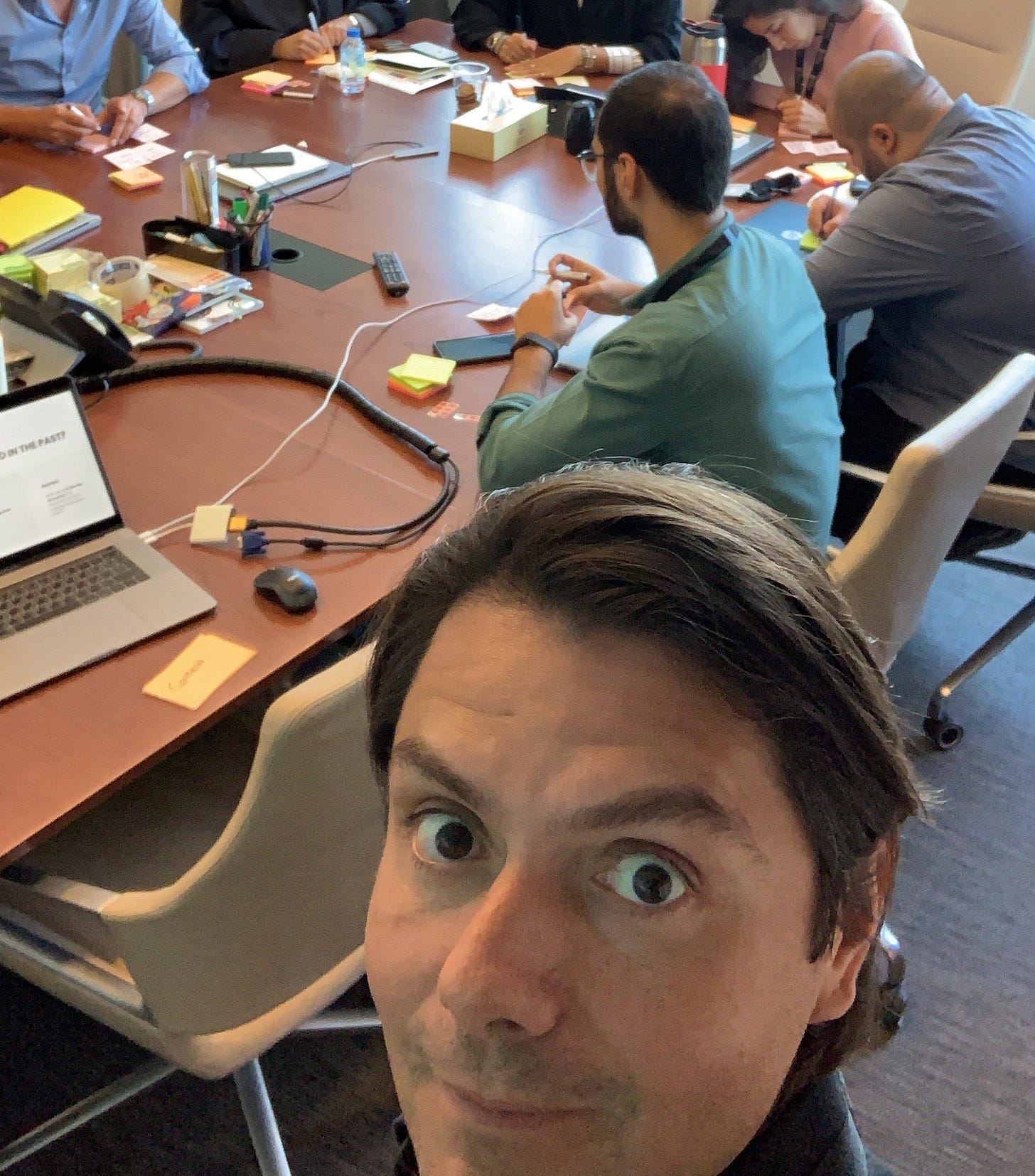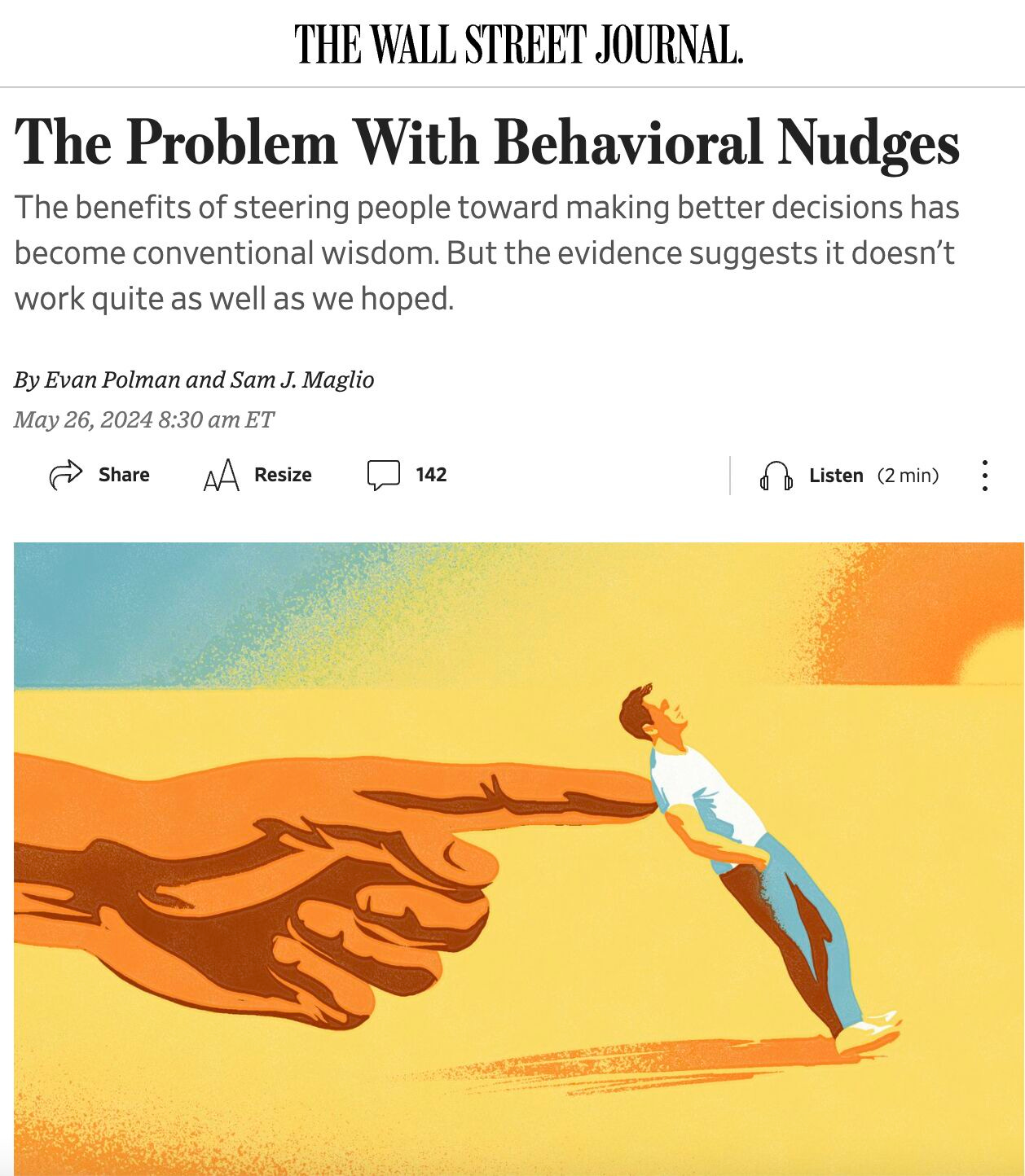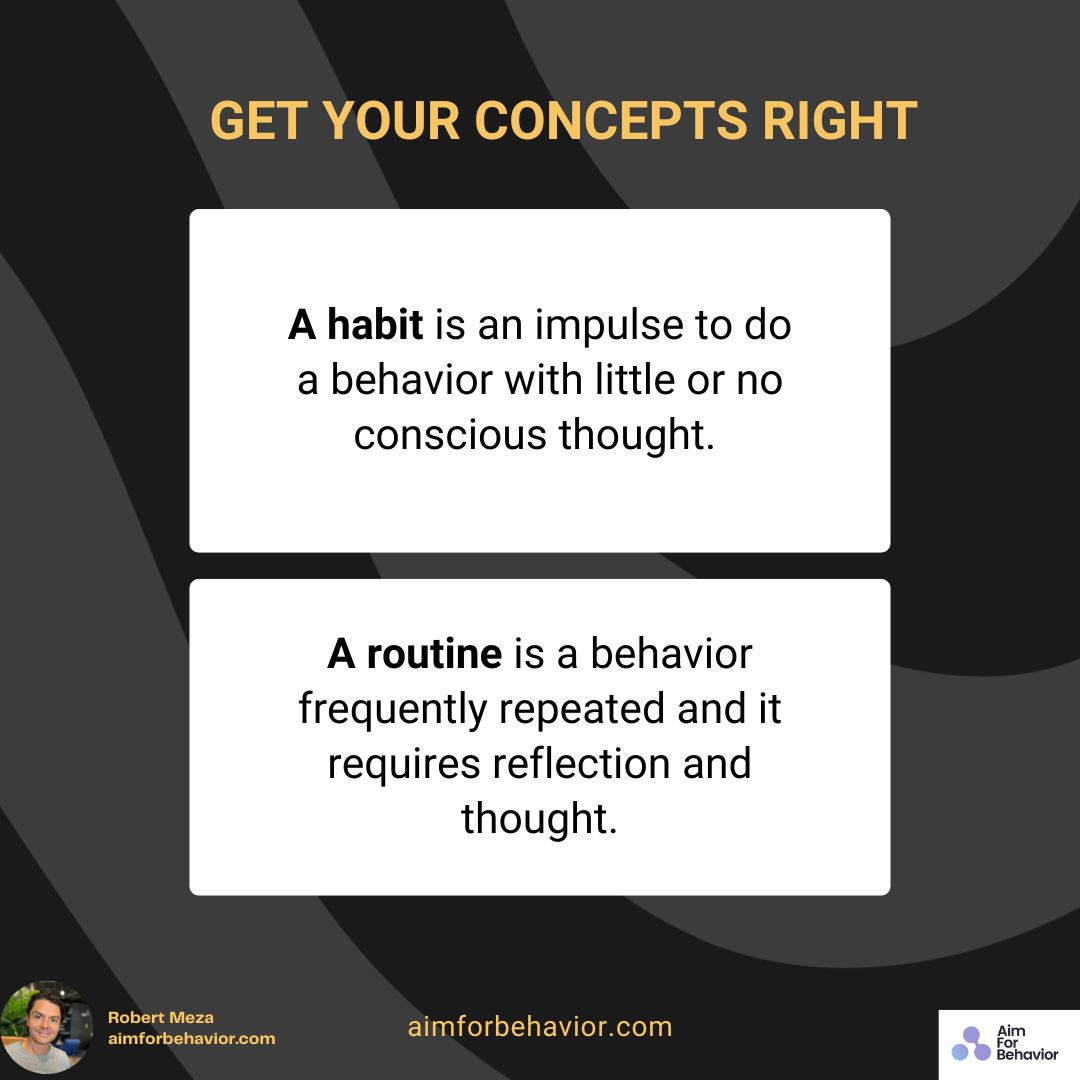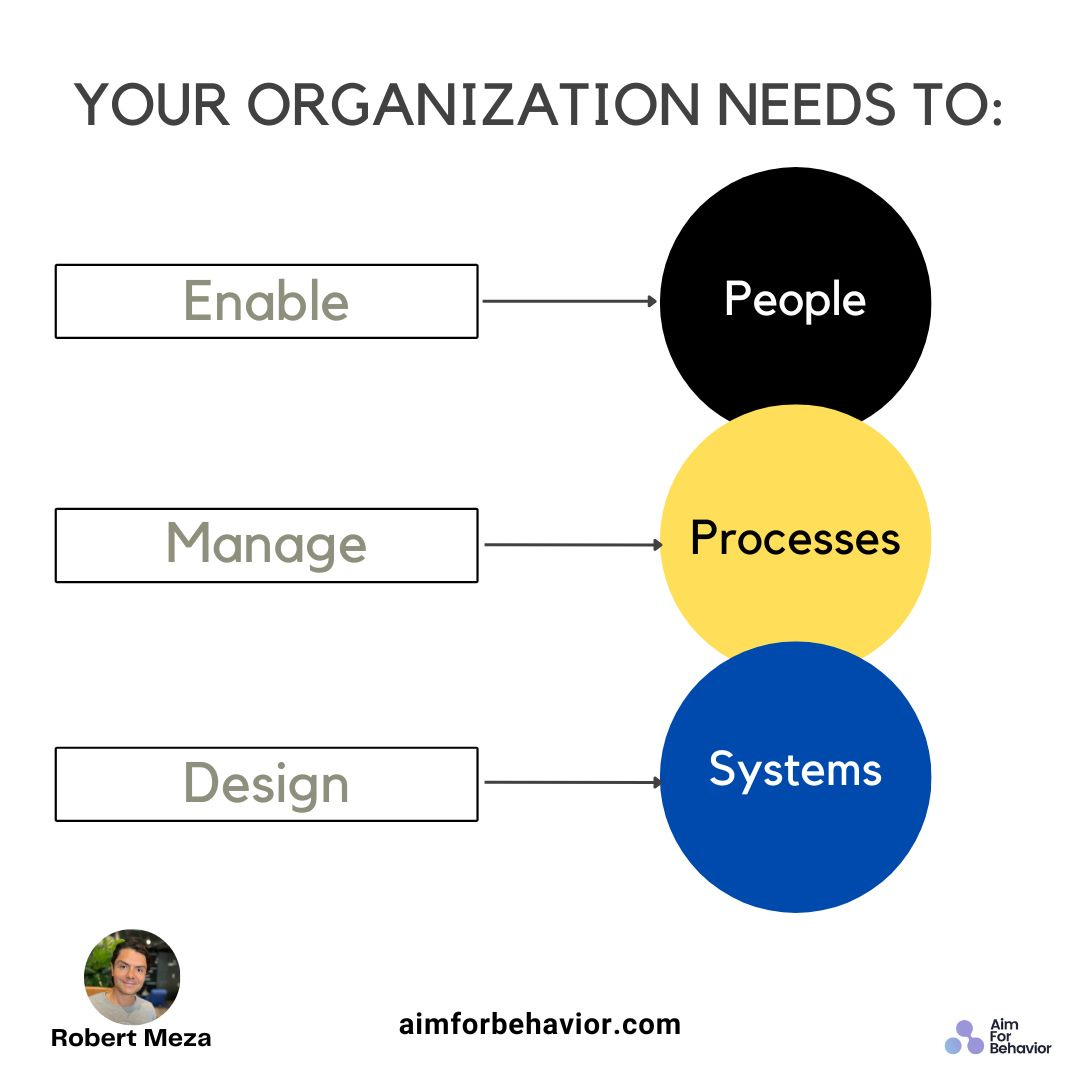When Strategies Hit the Behavior Wall
I've spent the last decade watching great strategies fail to reach their potential once they get put into reality.
Not because the plans were not good, they looked really good on paper and had great people working on them.
It also was’t because the people didn't get it, my colleagues or teams I worked with - they all agreed in the meetings, they were all open to the change… but once that reality hit and the systems started creating friction the changes just did not move forward.
A few years back, I was working as part of a transformation team in a large government project, a full digitalisation of everything for a whole city. We had some very strict deadlines, as one has in these types of projects and leaders were asking why people were not changing. They kept saying "We've done the town halls, spent a fortune on training and communicated what to do, but still…’’
When we mapped what was really happening, we realised that among other things, department targets directly clashed with these big transformation goals, and the structure we had was not made for the kind of decision making we needed. Equally, those endless alignment meetings, which I am sure most of you have had, just kept eating up all the time we needed for actual implementation.
It was then, that I started to keep track of what I was seeing and kept refining the learnings as I moved on and started my own consultancy Aim for Behavior. While the contexts have beed different across retail, healthcare, finance, and government projects, there are some patterns that keep coming up, which are costing organizations millions in failed change efforts.
Here are the six patterns I keep running into:
#1: Behavior Change = Manipulation
I’ve seen comments about behavior change, making it out to be some sort of "corporate mind control." I get it - behavior change sounds manipulative.
But after looking into many of stalled transformations, I've found that behavior change isn't about forcing people to do things. It's about fixing the systems that block what they already want to do.
Take this government agency I worked with. Leaders kept pushing "cross-department collaboration" while their KPIs rewarded staying in silos. For example, budget processes pitted departments against each other.
When we rebuilt these systems - creating shared metrics, changing decision making, - behavior started to shift, not through manipulation, but by fixing the broken system.
#2: Just Add Nudges
Since Nudge hit the bestseller lists, I've watched clients grab onto behavioral economics like a silver bullet. The results are almost always disappointing.
I myself came from the Behavioral Economics path, but I quickly realized that a tactic is not a strategy or a way to win.
A client I worked with tried everything to get doctors to adopt a new system - reminder emails, peer comparisons, desktop pop-ups. But adoption was stuck at 30%.
We spent a day following people around, seeing what was happening and saw the problem immediately. The system required double data entry, the interface added clicks to common tasks, and they used paper forms that had to be manually entered later.
No nudge can fix that level of system friction, really - It's like putting a Band-Aid on a broken leg.
#3: People Are Irrational
"People just resist change" might be the most common excuse I hear when strategies stall. I heard it from a stakeholder when managers wouldn't implement a new operating model.
So when we spoke to these "resistant" managers, their behavior made perfect sense. Their performance metrics still rewarded the old model and their bonuses hadn't changed.
If you are getting mixed messages - on the one hand cost-cutting while on the other growth at any cost, then what looks like resistance is almost always rational behavior in a broken system. I've yet to find an exception to this rule.
#4: Everything Can Become a Habit
I keep hearing change leaders talk about "making collaboration a habit" or "building innovation habits." That's not how habits work.
Real habits need specific conditions: stable cues, immediate rewards, consistent contexts. Most organizational behaviors don't fit this pattern.
A retail client wanted to build "customer-first habits" in store managers. The program flopped because these managers faced constantly shifting priorities - inventory emergencies, staffing gaps, district manager requests. With their environment in constant flux, habit formation was impossible.
In organizations, most important behaviors aren't habits - they're active choices made under pressure with competing priorities.
#5: Behavioral Tools Are Magic
I've walked into too many organizations that have tried every behavioral tool - many not contextualized - because those selling them, tell you to just copy paste them.
Someone I personally advised had thrown an entire toolkit at driving adoption. Despite all the best practices being checked off, very little actually got adopted. When we did some behavioral system mapping we could see why: one of the things we found was that meeting structures dragged out decisions that should've been made quickly.
Tools aren't magic wands. They're just tools. And they can't overcome fundamental system contradictions.
#6: Change Is Just Hard
I’ve spoken to so many people about culture change programs that just look generic and end up with minimal results, with them saying, "Change is just hard in for us."
This resigned shrug might be the most common pattern of all.
But for example if you would map the operational systems of an organization, you would possibly find - as I have in the past - specific friction points: performance metrics driving internal competition, information systems creating knowledge silos, and feedback loops rewarding short-term wins over long-term improvement.
By fixing these specific system barriers instead of launching another generic change program, you could make progress much faster.
[Editor's note: For readers wanting a systematic approach to behavior change, I've just released the complete Behavior Change Bundle with all my frameworks and implementation tools. Launch price of €449 - a saving of €400 available until midnight tonight.]
What Actually Works: Fix the System:
Before your next change initiative, map your operational reality against these friction points:
Metrics & Incentives: What behaviors do your rewards actually encourage?
Structure: Do your reporting lines and decision rights help or hurt?
Process Friction: Is the new behavior harder than the old one? Why?
Priority Conflicts: Are people getting mixed messages about what matters?
Resource Gaps: Have you created the time and tools people need?
The question that unlocks most change isn't "Why won't people change?" but "What in our system is blocking the behavior we want?"
What system barriers are blocking your strategy?
If you don’t know me, I’m Robert Meza a practitioner who is running a consultancy called Aim For Behavior - I help clients around the world with behavior change challenges.
Have a great day, Robert









This is so spot on. Too often, leaders overlook the individual when it comes to behavior change. As if saying it out loud should be enough to make it happen. But if the process is clunky, unsupported, or goes unrecognized, there’s zero incentive for people to follow through. Change only sticks when the environment actually supports it.